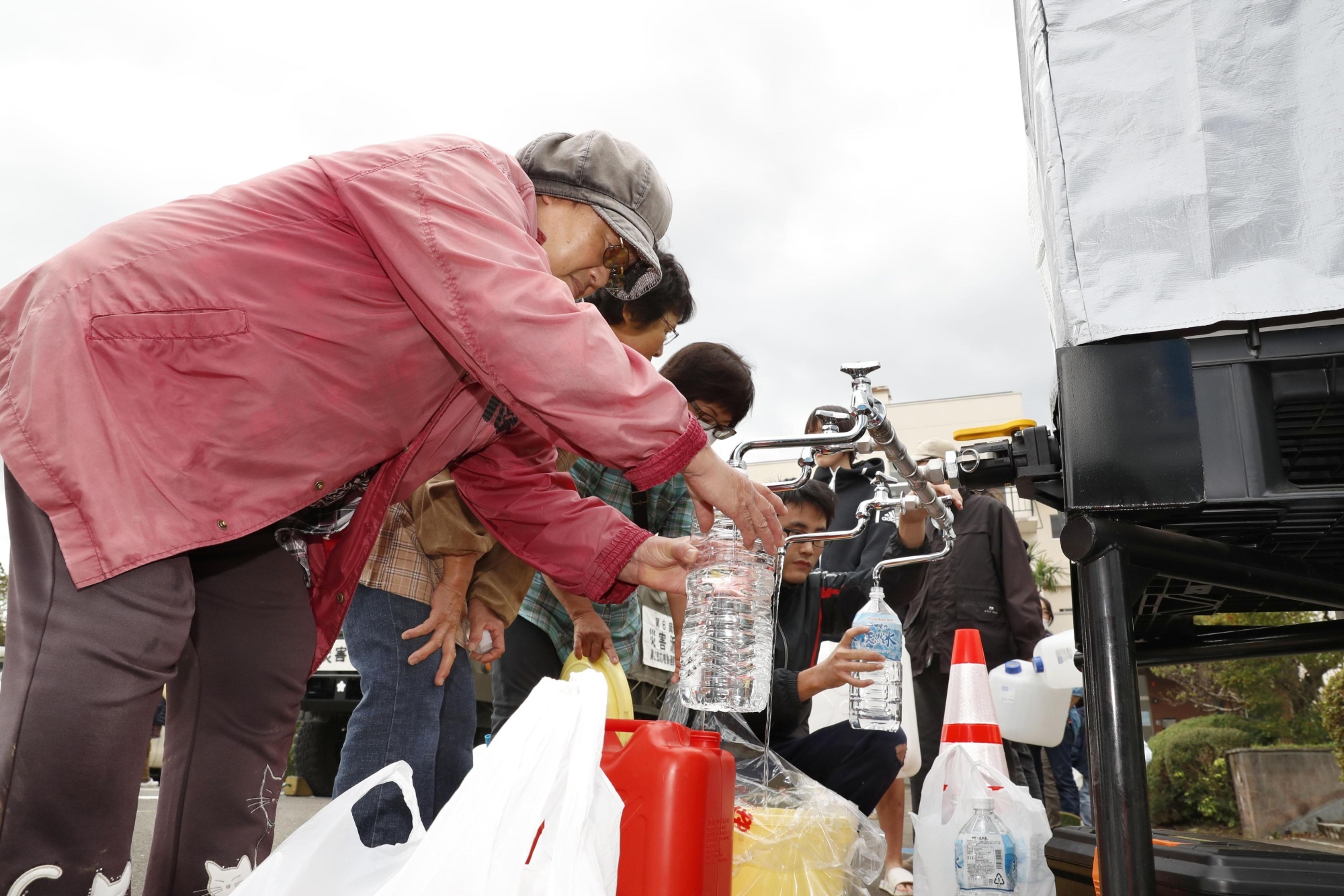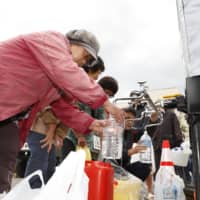Taking precautions against bacterial infections and mold is essential in flood-affected areas following Typhoon Hagibis, authorities have said, after the storm brought record-breaking rain and caused rivers to overflow and levies to break while submerging entire neighborhoods.
More than 3,700 households have been flooded across the country, according to numbers released by the Fire and Disaster Management Agency on Monday afternoon.
According to a guide on how to avoid bacterial infections through proper disinfection after a flood — published by the city of Okayama following heavy rains in western Japan in July 2018 — walls, floors and furniture should be washed with water or wiped with a dry cloth and allowed to dry.
The guide urges people to follow instructions, use the proper concentration of chemicals when using disinfectants and not mix chlorine-based chemicals with other substances, and refrain from putting chemicals in PET bottles to avoid accidentally drinking them.
A cloth and fans should be used to absorb and dry water underneath floors. But electronics — including fans that were submerged in water — are a fire hazard and should be unplugged. While working, a mask should be worn to avoid inhaling bacteria and mold, and gloves used to avoid injury.
In addition, living temporarily in emergency shelters can be exhausting and often leads to the spread of illnesses due to the large number of people sharing a small space. Extra precautions should be taken to heat food and when washing hands before meals, after cleaning up and after using the restroom.
Stored tap water that has not been used within a day should be boiled before use, and those feeling even slightly ill should quickly seek medical assistance before their condition worsens.




